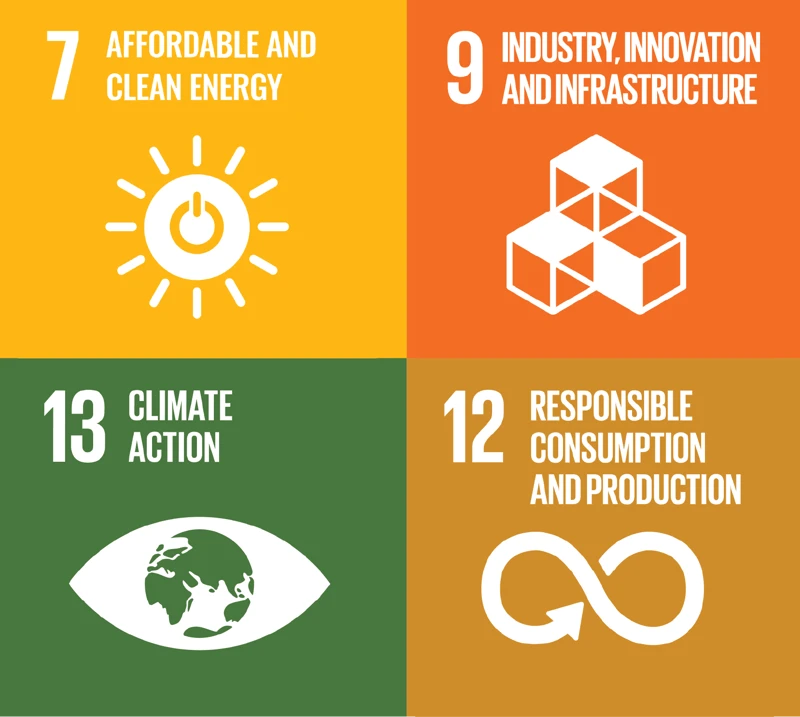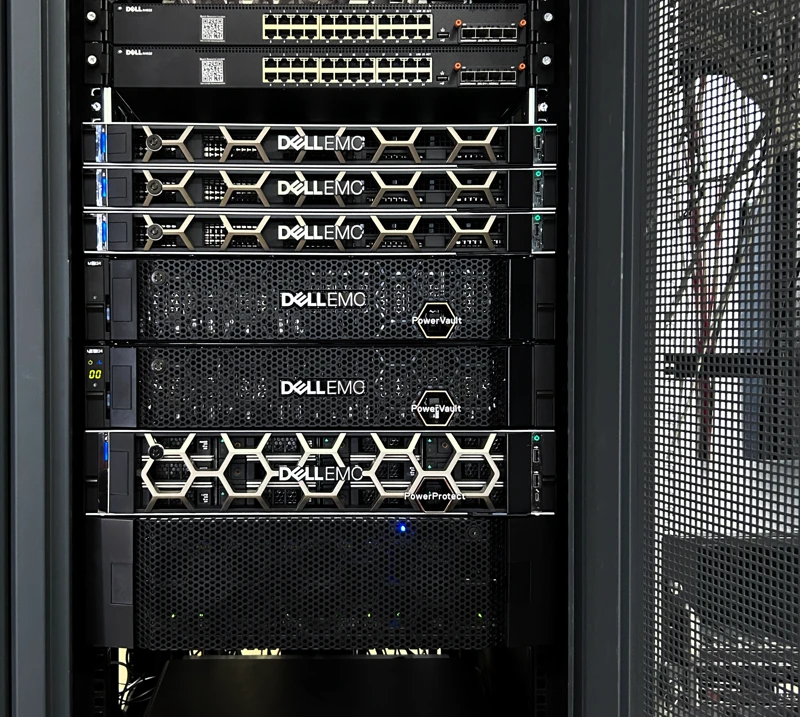The advantages of choosing refurbished HW

Respect ESG principles
Refurbished hardware integrates ESG principles and is a fundamental pillar in any company's strategy. In particular, it enables a balance between business performance and social responsibility.

Reduces carbon footprint
Refurbished hardware reduces the demand for new products and the environmental impact associated with production and disposal. It is a smart choice for those who want to lower their carbon footprint.

Lengthening the life cycle
Refurbished hardware is an inexpensive, but also sustainable alternative. Its use allows us to reduce the demand for new devices and to slow down the depletion of natural resources and the production of waste that results from new equipment.

The virtuous example of Google
Since 2015, Google has been reconditioning its servers. Thanks in part to reconditioning, it has saved over $1 billion. In 2020, it measured the performance of CPUs, server RAM and data centre storage. The analysis said that a new server and a refurbished one, from the same manufacturer and model, perform identically. Google claims that once the hardware is up and running, refurbished and new are equivalent.